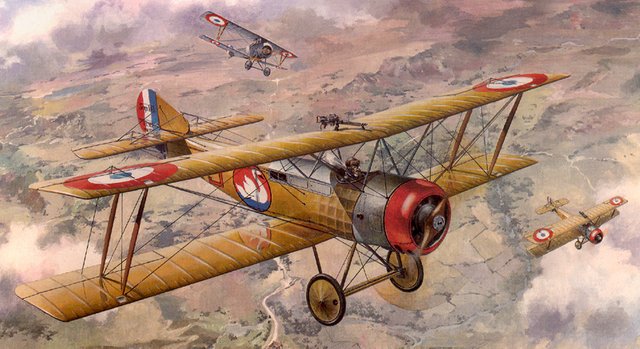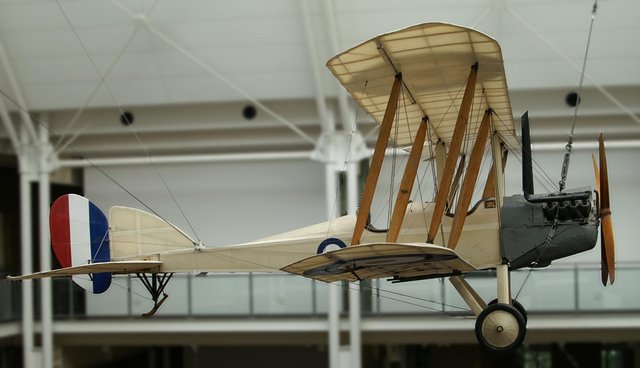Air Power in the Great War (WW1)

I'm of the opinion that there are many people who did not know that aerial combat was used before the 1st WW. The Italians of all people knowing that their war machine was not very powerful, deployed air defense in 1911- 1912 against the Ottoman Empire forces in Libya. No air balloons or airships were used, but aeroplanes. Powered flight was merely a decade old and although these aircraft were flimsy and some dangerous contraptions, they proved their worth in battle. They provided important reconnaissance information and were used to drop bombs on the enemy.
This was the beginning of things to come. Merely a year later the Bulgarians dropped bombs on Edime during the first Balkan war. Some skepticism still lingered of the true value of aircraft by 1914. This sentiment was very quickly dispelled. Aircraft reconnaissance over Mons contributed to the BEF to avoid being surrounded by the advancing Germans. Flights over the Marne allowed Allied commanders to see and exploit vulnerabilities in the German's positions. This extended to artillery spotting duties, with a crude Morse code wireless device being fitted in the cockpit.

The first pilots to see action were aristocrats from several countries who have learned to fly prior as a hobby. In the beginning passing enemy pilots would wave friendly greetings as they passed each other!! This didn't last long though. Now rival pilots would throw rocks, grenades and even grappling hooks at each other. This progressed to firing pistols. A clever French pilot was first to use a machine gun.
The evolution of the aircraft into a fighting machine was incredibly rapid. By 1915 both sides had aircraft with machine guns. This was purely used to shoot down enemy aircraft to prevent reconnaissance. In that same year, Germany shocked everyone with an aircraft mounted with a machine gun in such a way that it could shoot forward through the propeller blades. It proved lethal and the 'Fokker Surge began.
Allied aircraft were annihilated. It took till 1916 for the allies to gain air superiority with specialized models equal to the Fokker. Using air power to drop bombs began soon after. The first bombs were dropped by hand. After further research this became possible to manage from inside the plane. Bombing sights were trenches and cities.
Air power grew rapidly on both sides. The Royal Flying Corpse had 63 planes, but by 1919 a fleet of 22,000 aircraft. The development of aircraft during WW1 set the stage for the future wars as well as amazing aeroplanes for public use.
.jpg)
Sources : Wikipedia, Excerpts of The battles of WW1, Yandex, Google Images.
Some of the early planes had metal wrapped around the propeller ( to make them bulletproof against their own guns)) not the most successful idea!
To listen to the audio version of this article click on the play image.

Brought to you by @tts. If you find it useful please consider upvoting this reply.
a flying "corpse" would be a sight to see ;)